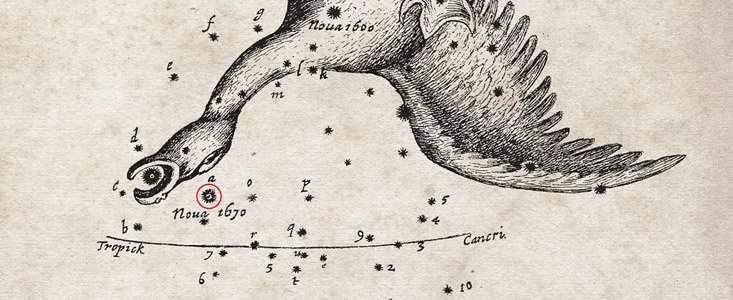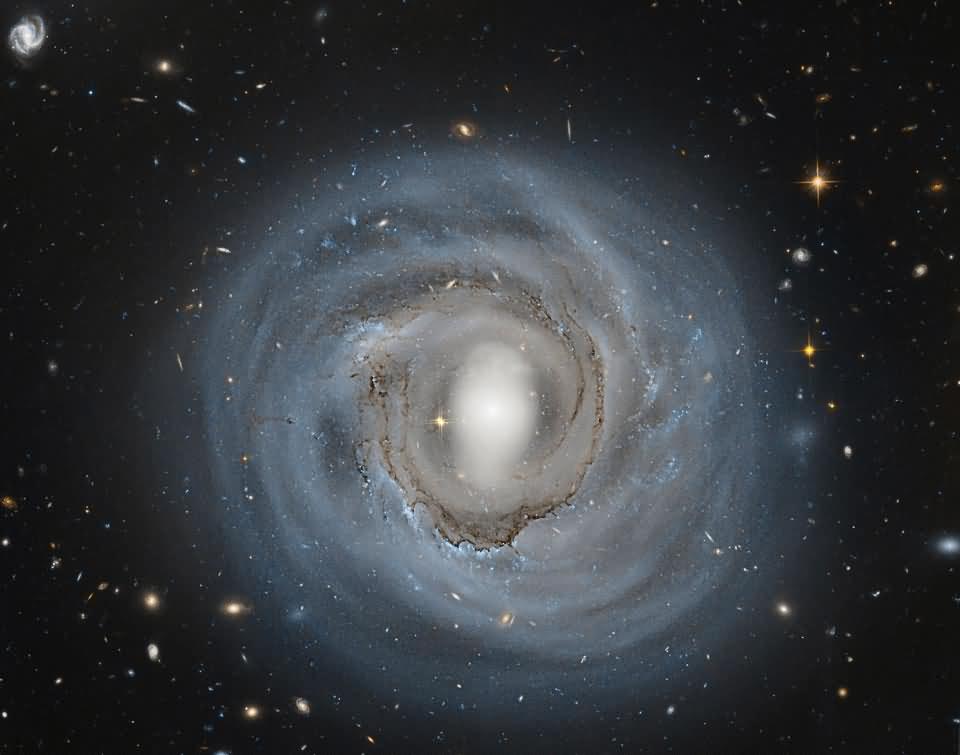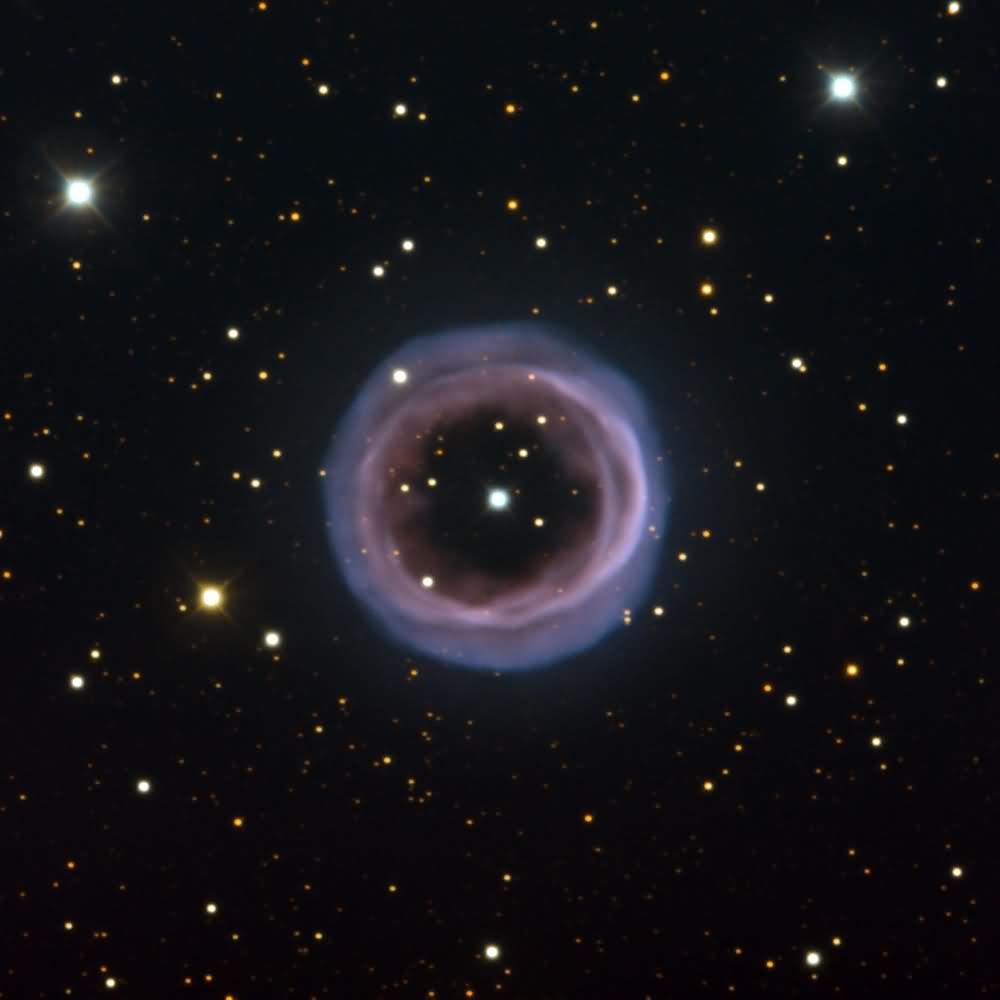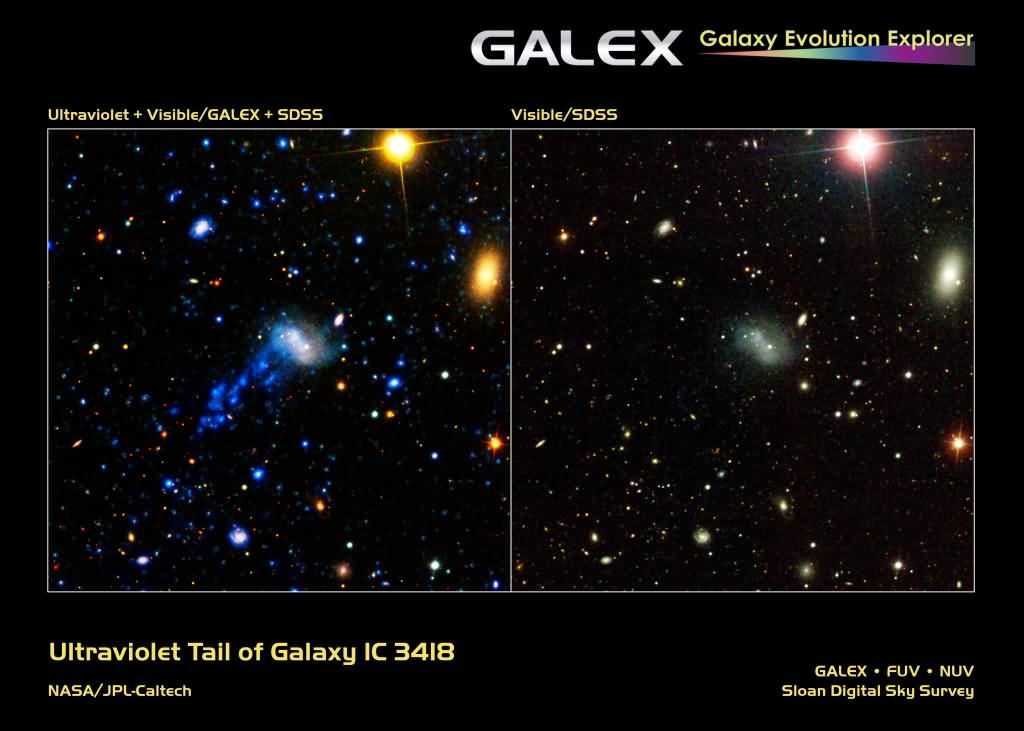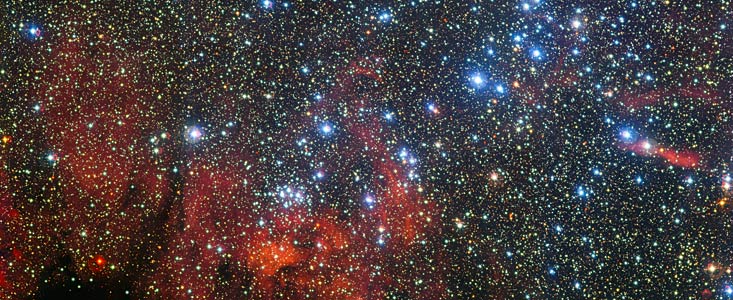Colliding Stars Solve Seventeenth-Century Explosion Riddle
APEX observations reveal the mystery of Nova Vulpecule 1670
Among them were those who mapped the moon Hevelius And CassiniSome of the great seventeenth-century astronomers, including , carefully studied a new star that appeared in the sky in 1670. Hevelius called the star the Cygnus nova, but it is now known to astronomers as Nova Vulpecula 1670 [1] It is known as nova. Few nova stars have been observed throughout history, making them one of the most fascinating subjects for modern astronomers. Nova Vul 1670 is claimed to be both the oldest recorded nova and the faintest subsequently discovered.

New observations made with APEX and other telescopes have revealed that the star seen by European astronomers in the sky in 1670 was not a nova, but a much rarer, violent stellar collision. The aftermath of the explosion, while powerful enough to be seen with the naked eye, was so faint that detailed analysis was required with submillimeter telescopes to fully illuminate it after 340 years. The results will be published in the journal Nature on March 23, 2015.
Tomasz Kaminski (ESO and Max Planck Institute for Radio Astronomy, Bonn, Germany), the leader of the new study, explains:"This object was thought to be a nova for years, but as it was further examined, it became less and less like a regular nova—or some other kind of exploding star."
Easily visible to the naked eye upon its initial appearance, Nova Vul 1670 continued to brighten at varying levels over the next two years. It subsequently faded from view, but it flared up twice more before fading completely. While still well-detected for its time, astronomers of the time lacked the necessary equipment to measure the nova's fluctuating brightness.
During the twentieth century, astronomers often nova's It was believed that the explosion could be explained by close binary stars behaving out of control, ready to explode. However, Nova Vul 1670 did not fit this model and remained a mystery.
Even as telescopes became more powerful over time, the event was long thought to have left no trace behind, until the 1980s, when a team of astronomers spotted a faint nebula in the region beyond the star. While these observations linked the 1670 sighting, they failed to shed light on the true nature of the event witnessed in European skies three centuries earlier.
Tomasz Kamiński continues: “"We have now scanned the region at submillimeter and radio wavelengths. The findings indicate that the remnant region consists of cold, molecularly rich gases with a highly unusual chemical composition.""
APEXIn addition, the team was able to reveal the chemical composition of the gas and measure the ratios of different isotopes. Submillimeter System (SMA) and Effelsberg radio telescope This resulted in the acquisition of very detailed data about the observation area, which was used to uncover where the materials might have come from.
The team discovered that the mass of cold matter is much greater than what a nova explosion would produce, and the isotope ratios measured around Nova Vul 1670 differ from those expected from a nova. So, if it wasn't a nova, what was this event?
The answer was a spectacular collision of two stars, brighter than a nova but fainter than a supernova, short-term redness These are extremely rare events that occur when a star merges with another star and explodes. After the collision, the star's material disperses into the cold space, leaving behind a faint remnant rich in molecules and dust. This newly understood explosive star model almost matches the profile of Nova Vul 1670.
Team member Karl Menten (Max Planck Institute for Radio Astronomy, Bonn, Germany) concludes:The fun part about these kinds of discoveries is that we never expected anything like this here!"
Notes
[1] This object is one of the modern constellations FoxyIn line with the border of, Swan It is located on the opposite side of the constellation. It is commonly called Nova Vul 1670 and CK Vulpeculae and is a type of variable star.

